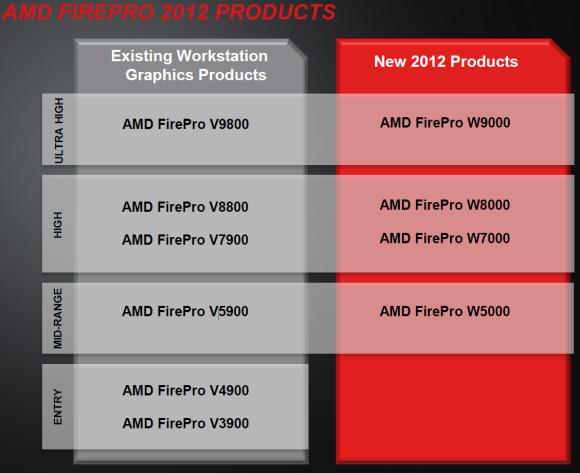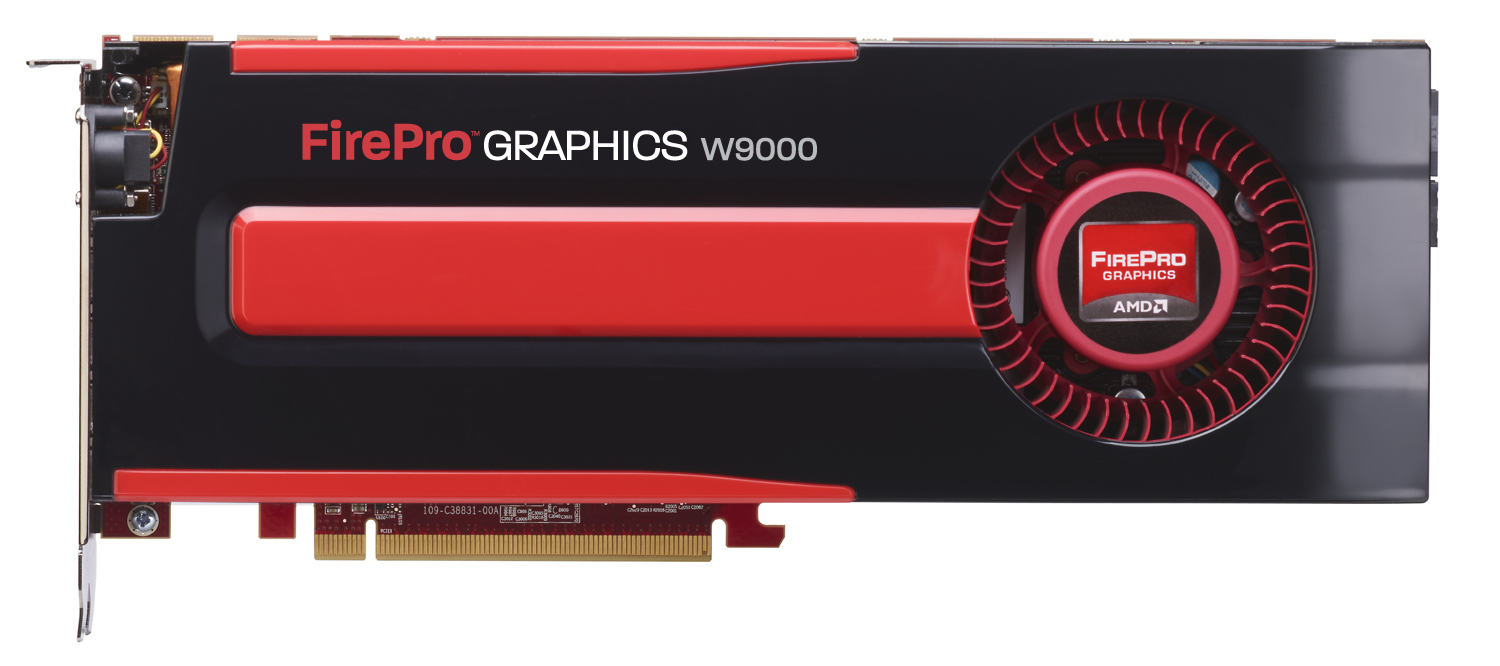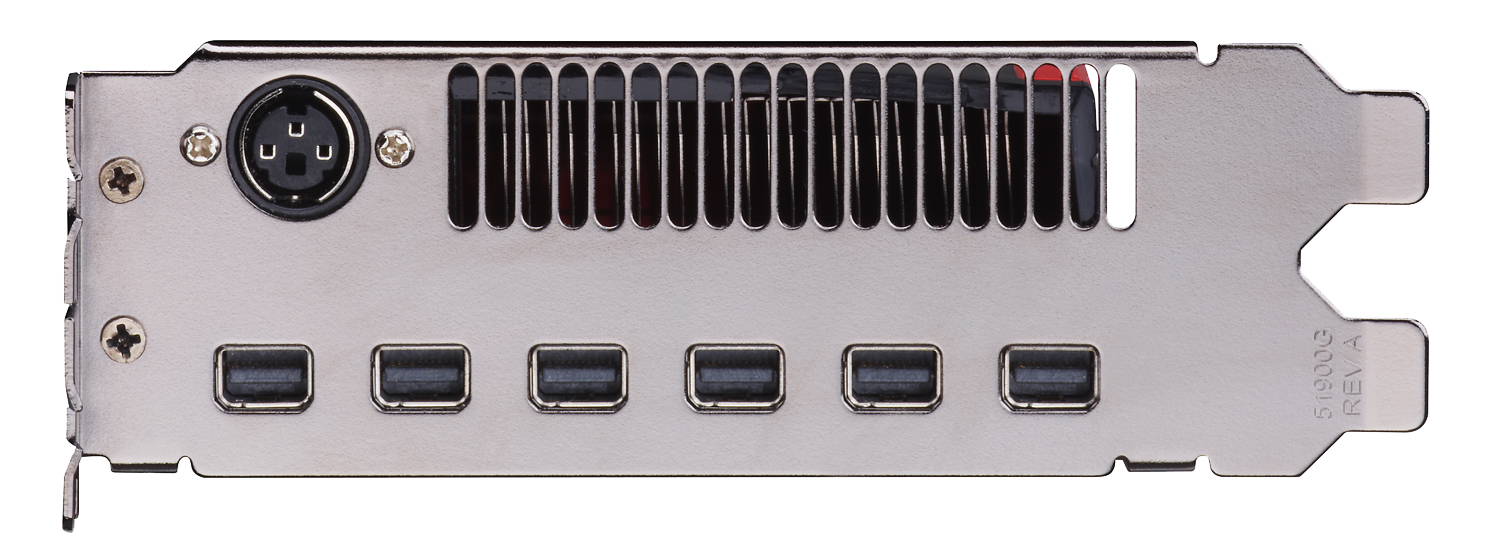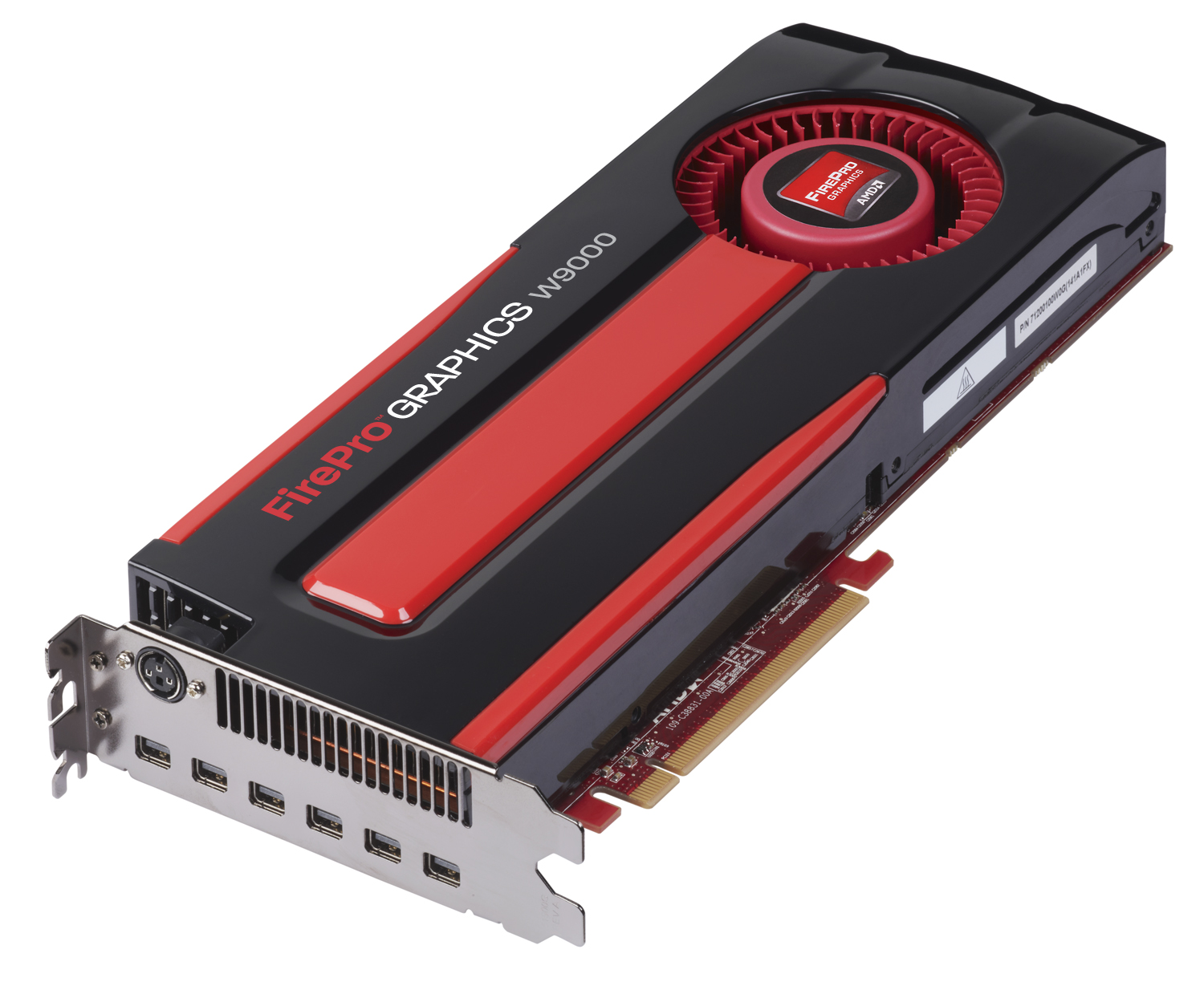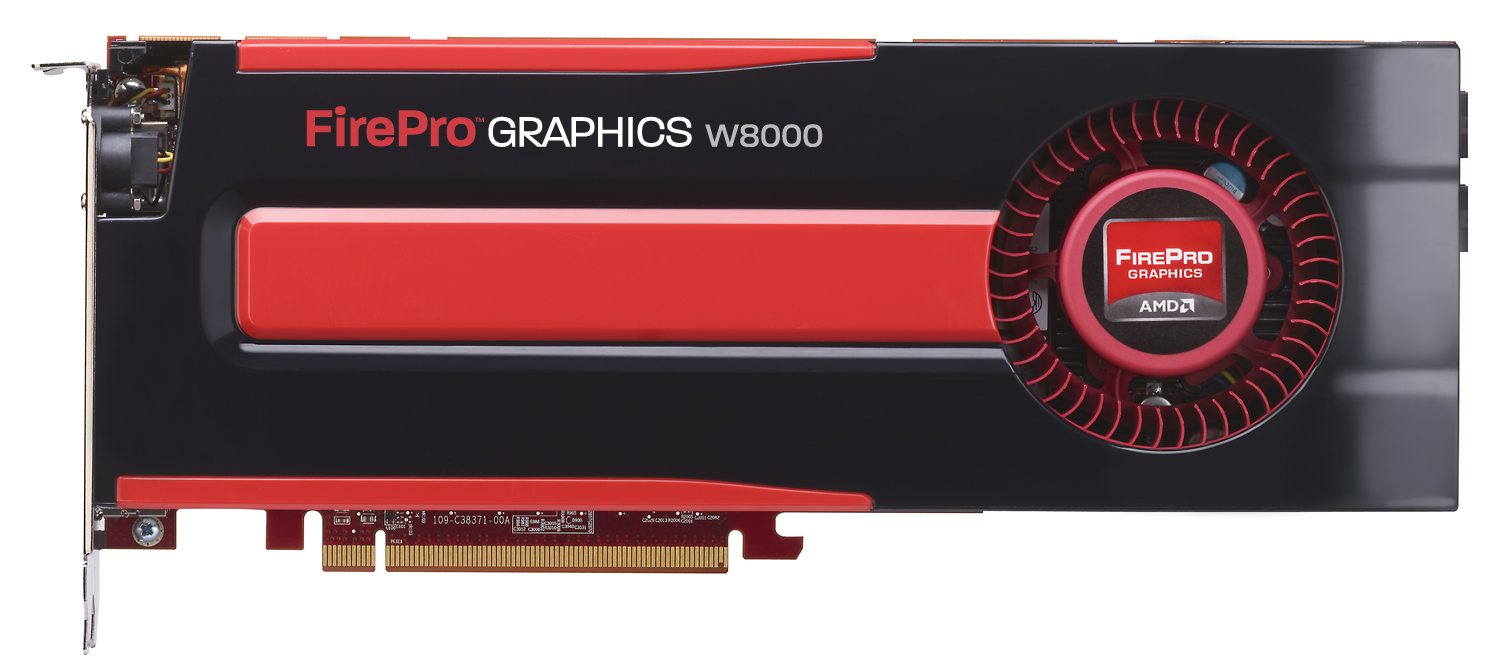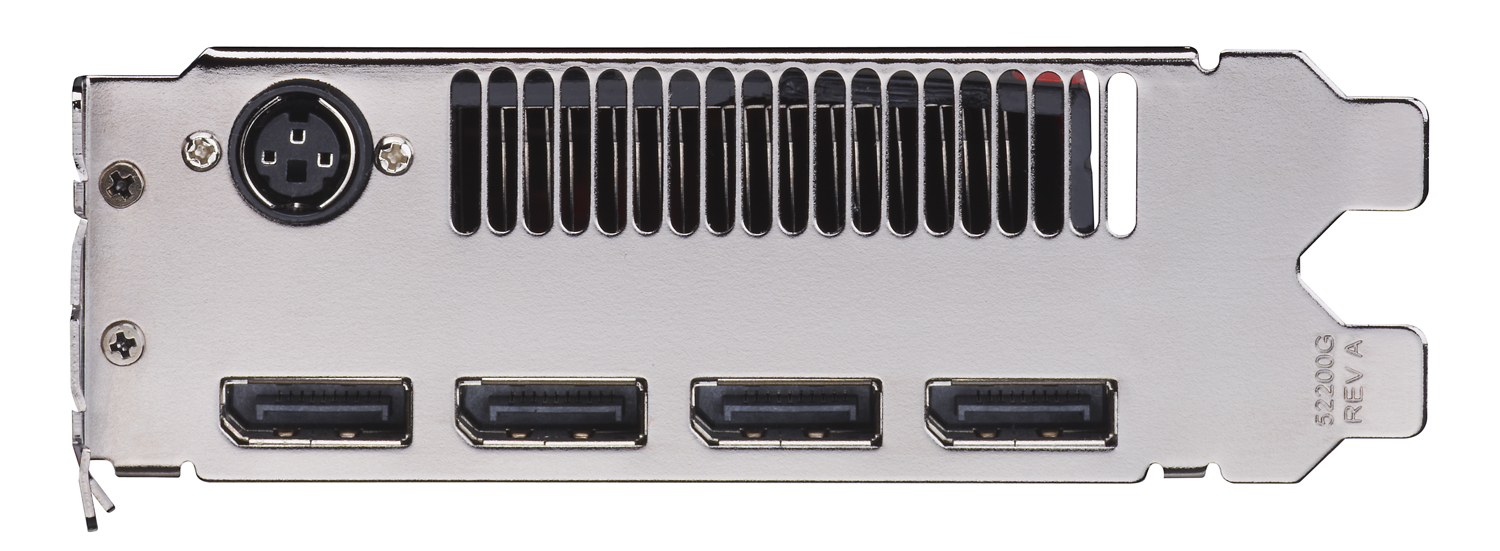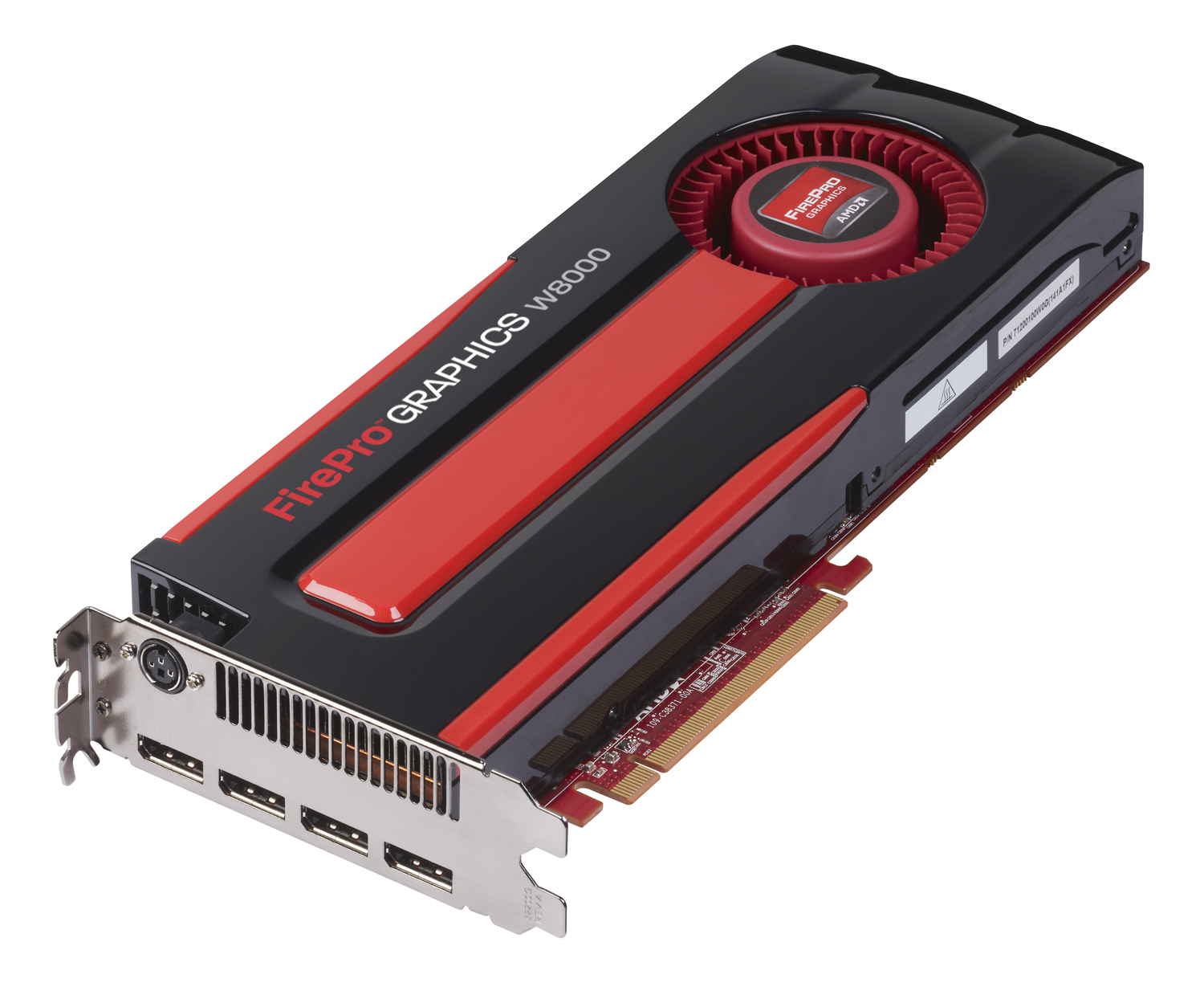AMD FirePro W8000 And W9000 Review: GCN Goes Pro
AMD’s GCN architecture, known for its strong compute and 3D performance, is finally being made available in the company's FirePro workstation graphics card family. Can AMD catch Nvidia? We test the two fastest FirePro cards to answer that question.
Meet The FirePro W-Series
As mentioned, AMD's FirePro W-series currently consists of four graphics products, though we hear that the entry-level W600 is nearly ready as well. We received samples of the two highest-end cards, the W9000 and W8000.
Technical details covering all of the products are still sparse, and AMD didn't break down all of the cards for us. However, using several additional sources, we were able to get most of the missing information.
| Header Cell - Column 0 | FirePro W9000 | FirePro W8000 | FirePro W7000 | FirePro W5000 |
|---|---|---|---|---|
| AMD Class | Ultra High-End | High-End | High-End | Mid-Range |
| ALUs | 2048 | 1792 | 1280 | 640 |
| GPU Clock | 975 MHz | 900 MHz | 950 MHz | 825 MHz |
| Texture Units | 128 | 112 | 80 | 40 |
| ROPs | 32 | 32 | 32 | 16 |
| Pixel Fill Rate | 31.2 Gpixels/s | 28.8 Gpixels/s | 30.4 Gpixels/s | 13.2 Gpixels/s |
| Texture Fill Rate | 124.8 Gtex/s | 100.8 Gtex/s | 76 Gtex/s | 33 Gtex/s |
| Memory GDDR5 | 6 GB | 4 GB | 4 GB | 2 GB |
| Memory Interface | 384-Bit | 256-Bit | 256-Bit | 128-Bit |
| Memory Clock | 1375 MHz | 1375 MHz | 1200 MHz | 800 MHz |
| Memory Bandwidth | 264 GB/s | 176 GB/s | 153.6 GB/s | 102.4 GB/s |
| TFLOPs SP | 4096 | 3225.6 | 2432 | 1267.2 |
| TFLOPs DP | 1024 | 806.4 | 152 | 79.2 |
| Codename | Tahiti XT | Tahiti Pro | Pitcairn | Pitcairn |
| Maximum PowerConsumption | 278 Watt(measured) | 198 Watt(measured) | <=150 Watt(estimated) | <=75 Watt(estimated) |
| Power Connectors | 8-Pin + 6-Pin | 2 x 6-Pin | 6-Pin | None |
| Connectors | 6 x Mini DP3D StereoGenlock/Framelock | 4 x DP3D Stereo Genlock/Framelock | 4 x DP3D Stereo (opt. Bracket) Genlock/Framelock | 2 x DP + DL-DVI3D Stereo (opt. Bracket) |
| MSRP | $3999 | $1599 | $899 | $599 |
AMD FirePro W9000
AMD FirePro W8000
The design and exterior of the cards are similar to the consumer Tahiti-based cards, except for the power connectors, which can be found in the back. Plugging in auxiliary power makes the long cards even longer, which is something that system builders will have to take into account. Also, the I/O brackets reflect a more workstation-oriented audience, going heavy on DisplayPort connectivity.
Get Tom's Hardware's best news and in-depth reviews, straight to your inbox.
Current page: Meet The FirePro W-Series
Prev Page Harnessing The Potential Of GCN Next Page Testing: Workstation-Class Hardware And Software
Igor Wallossek wrote a wide variety of hardware articles for Tom's Hardware, with a strong focus on technical analysis and in-depth reviews. His contributions have spanned a broad spectrum of PC components, including GPUs, CPUs, workstations, and PC builds. His insightful articles provide readers with detailed knowledge to make informed decisions in the ever-evolving tech landscape
